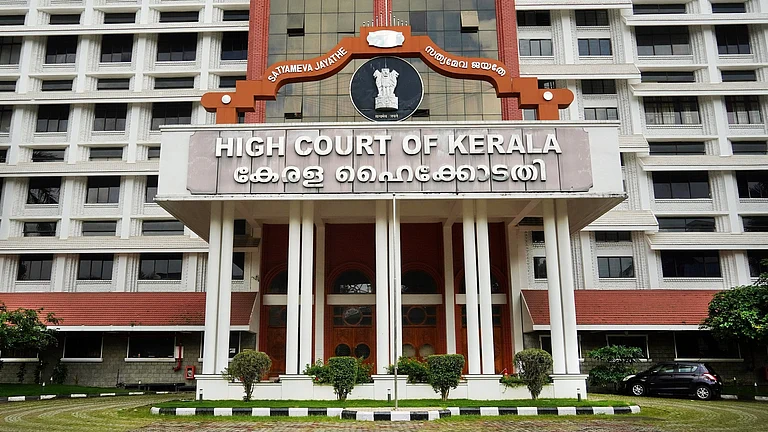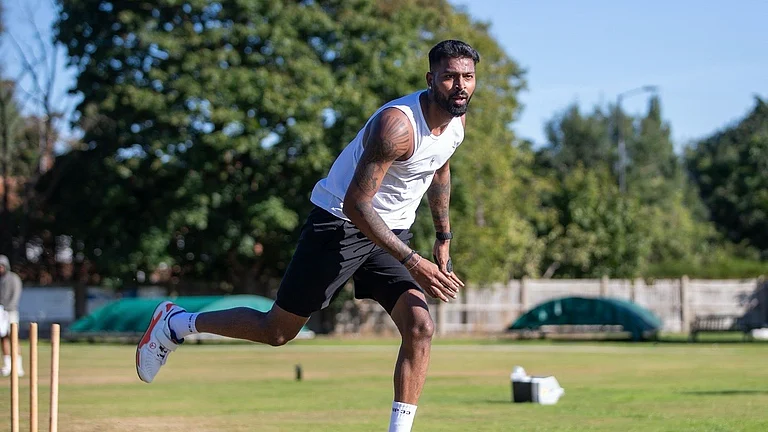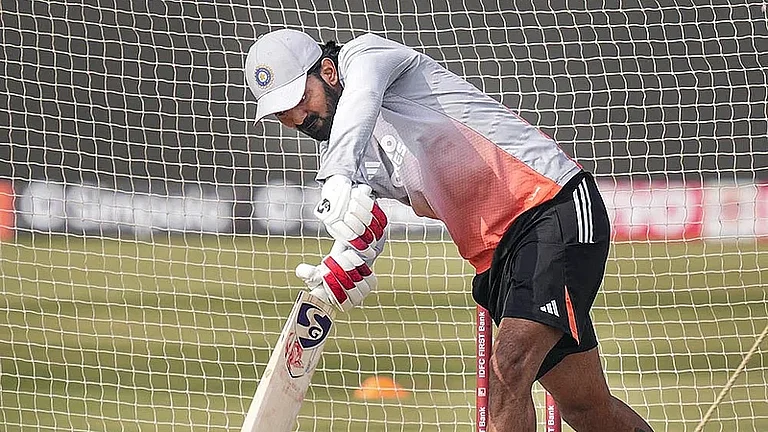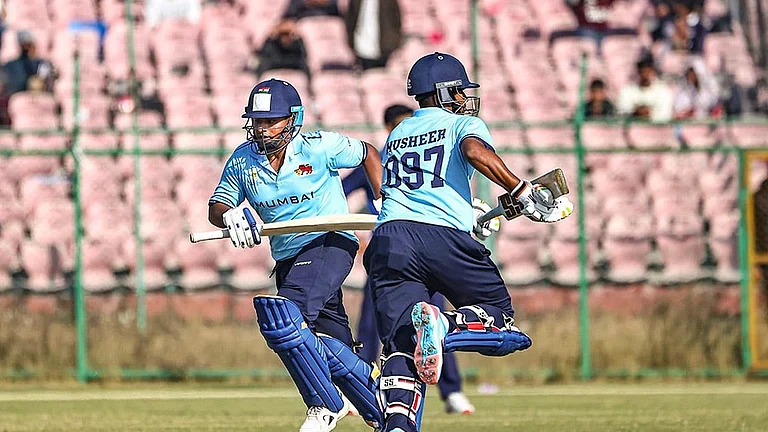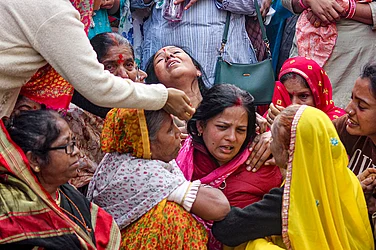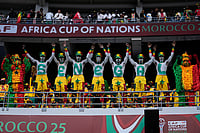CONSIDER this. A Government of India Report in '95 had this statistic to offer: In one area of the Himalayas, on a one hectare farm, a man works 1,212 hours in a year, a pair of bullocks for 1,064 hours and a woman for 3,485. Yet, when data is to be collected, her husband records her as a non-worker. As a farmer in Haryana shrugged, when asked why he had not recorded his wife's work on his farm: "But that is my land, and that is my wife."
Pearl S. Buck once said: "The basic discovery about any people is the discovery of the relationship between its men and women." In India, we know this relationship to be largely discriminatory, often exploitative. Yet, we are either inured to it-made passive by what seems an insurmountable problem; or we disregard it-as a fashionable whine of the times.
But what if one were to see this relationship-mapped out in stark detail. What if something were to make visible, at a glance, not only what is happening between men and women in India, but where it's happening and why. Would one be forced to confront the issues more squarely then?
The Atlas of Men and Women in India-published by Kali for Women, funded by the British High Commission and authored by four academics from jnu and Durham University-is a pioneering effort which does precisely this: it maps women. It brings into sharp focus, district by district, the geography of gender discrimination in India. Grouped around categories of mortality rates, literacy, work-force participation and political power, the Atlas has roughly 100 maps based mostly on the Census-the largest, most important data-gathering exercise in the country as well as the blueprint on which most policies are made-and asks questions like: How many child workers aged 5-15 are girls? What's the female proportion of those who can read and write above age seven? How many baby girls die for every 1,000 baby boys under the age of one?
Women and girls in many parts of India are not only economically and culturally undervalued, they're also undercounted, most often as part of the work force, but sometimes even as basic living entities. For instance, it's a recorded fact that when Census enumerators have asked the male head of a household how many members there were in his family, they've sometimes been given only the number of sons! The Atlas seeks to highlight such issues and generate debate on the validity of census categories and data-gathering methods. "Data reinforces what we know," says Saraswati Raju, one of the authors. "Unless women are visible in the statistics, how can policies be made to respond to their needs?" This is why the Atlas doesn't just reproduce data, it also questions the way data is constructed.
"Something like this can revolutionise the women's cause," says Chandni Joshi, programme advisor, unifem, who's been working with the Census Commission towards making data gatherers and respondents more gender sensitive. "It's very important to visualize what one is talking about and the Atlas has very easy-to-see maps, which makes it a great advocacy tool for activists, policy makers, even lay people," says she.
True, with the Atlas one no longer need wade through statistics; one merely has to look at the maps to see, for instance, that all the 19 districts in India where twice as many girls as boys die by the age of five, are in Western UP, Rajasthan, and surprisingly, the Salem district of Tamil Nadu; that of the 14 districts in which a girl child has a better chance of survival than boys, not one is in the northern plain; or that in rural Punjab, 21 per cent of girls suffer from malnutrition in poor families as opposed to 3 per cent of boys from the same families. Proof this isn't just about poverty but about discrimination. In fact according to development economist Nayla Kabir, the Atlas is a reminder of the disjuncture between political and cultural boundaries. "Most planning goes on at state levels," she says, "but the Atlas shows you concretely that there are clusters of problems that cut across boundaries and need to be addressed compositely."
Despite the excitement around the Atlas-due for release at March-end-it has several problems. One, the maps, based mostly on the '91 Census, are now dated. But as Urvashi Butalia, the Atlas' publisher, says, what's important is that a crucial prototype has been created and the language of gender has been firmly inserted into the Census. Data gatherers can't be transformative, asserts Dr Vijayanunni, the census commissioner under whom the 2001 Census will be conducted, but gender awareness does help you think differently.
The 1991 Census found that, at 927: 1000, India, shockingly, has one of the smallest male-female ratios in the world-lower not only than the developed first world countries, but lower than sub-Saharan Africa and Southeast Asia. Perhaps this Atlas will help bring just that basic fact into the forefront of our consciousness.







